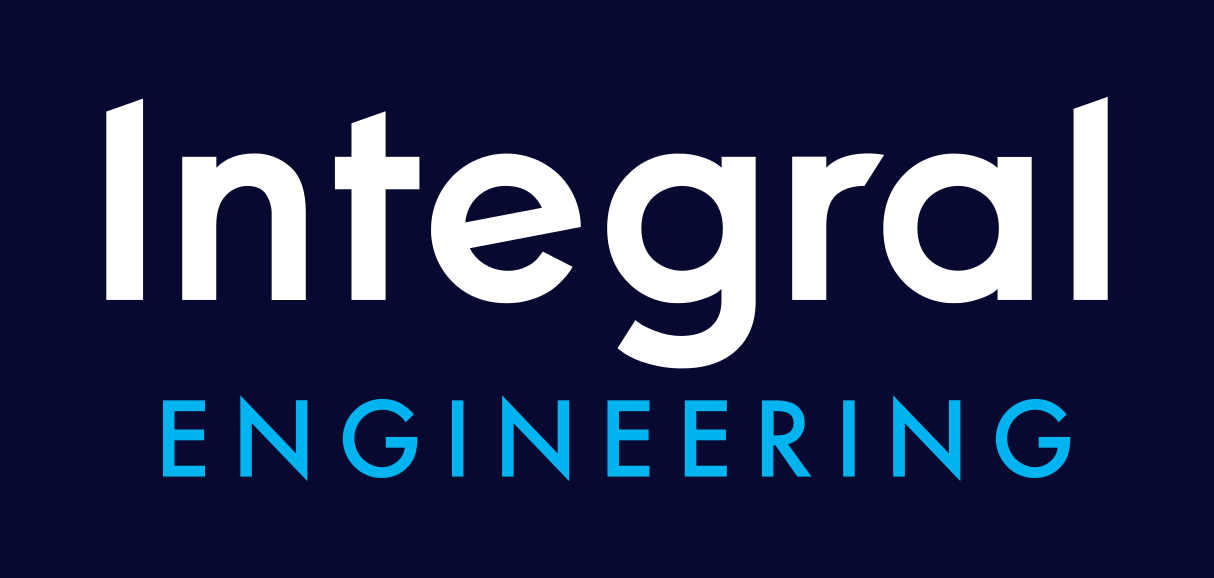Next Generation Probabilistic Crack Assessment
Integral Engineering and TL Anderson Consulting are excited to announce a collaboration focused on improving integrity management of seam weld anomalies. The current PRCI MAT-8 fracture model represents the best available technology to predict burst pressure in pipe joints with longitudinal cracks. In April, we will kick off a project to develop an improved version of the model and to deliver a probabilistic implementation in software that uses cloud computing to speed up calculation time.
Companies that join the project will be able to use the new model to:
Reduce risk from seam weld anomalies in low toughness vintage pipe, where other models have been found to over-predict burst pressure capacity
Reduce cost by avoiding unnecessary digs, particularly for blunt seam weld flaws
Quantify benefits of maintenance actions, such as pressure changes, hydrostatic pressure tests and in-line inspections
The improved version of the PRCI MAT-8 model will have these new capabilities:
Assess realistic crack front profiles for better accuracy
Predict the onset of sharpening for blunt seam weld flaws (ex. lack-of-fusion features) to reduce conservatism
Incorporate crack geometries that deviate from the hoop stress plane (ex. hook cracks)
Participants will contribute data that will be compiled to quantify ILI tool performance and to develop the most comprehensive database of vintage pipe fracture toughness in the industry.
The project will be run by PRCI as a consortium of major pipeline operators, including Flint Hills Resources (formerly Koch Pipeline), ExxonMobil and Shell. PRCI membership is not required to join.
Get in touch for more information.




